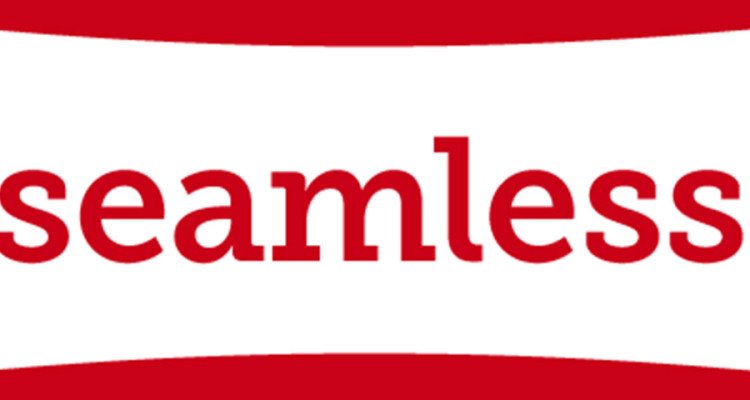Adapt and Survive
Few companies have demonstrated the importance of this crucial mantra to the entrepreneur than Seamless, now a digital food ordering and delivery service much in the vein of its main (and currently more recognizable, although changing quickly) rival GrubHub. But what many entrepreneurs may not know about Seamless, and where the real lessons we can glean from the company can be taken away, is that it is actually over fifteen years old, and remains a shining example of updating a business model to take advantage of emerging markets and new technology.
Originally founded as a system designed to expedite restaurant ordering from suppliers and servicers, Seamless did not shift into its current form until 2005, over six years after the company’s founding. Shrewdly identifying the appeal and massive potential market in digital ordering from customers, essentially the same service Seamless already provided in the back-end, allowed the company to jump into the new market early (being first matters!) and establish itself as a trusted brand for mobile ordering and food reviews to coincide with the massive influx of new mobile users.
Taking a Good Thing, Making it Better
Making supply chains more efficient has been identified by economists like Thomas Friedman as one of the largest sole drivers in new business development and market growth in the 21st century. Seamless, in its original form as SeamlessWeb, understood this, and the company provided a groundbreaking and intuitive online ordering system to streamline this process specifically for the food service industry. By allowing restaurant owners and managers to order through their online system, SeamlessWeb could accommodate the record keeping, payment tracking, and supply information that both customers and suppliers in the food industry desperately need, in the most updated form possible.
As the full scope of the capabilities of new mobile devices like the iPhone, tablet computers, and Android phones became more evident, Seamless intuitively identified yet another supply chain it could improve, simply by updating its existing service model to accommodate a new brand of supplier and customer. Once again, the market demand for this type of supply chain only continues to expand, and Seamless currently partners with over 12,000 restaurants, 4,000 companies, and touts over 3 million members in its main hubs of the United States and the United Kingdom.
Seamless’ growth is rivaled by its main competitor, Chicago-based GrubHub. Continued improvements in mobile technology seem to indicate multitudes of future opportunities for redesign and expansion of the company’s mobile presence down the road. This is a market with a ton of upside and being an early adopter, with the ability to change on the fly, is what has separated Seamless.
The SWOT Analysis
Strengths
- Proven business model that has also proven adaptable to new market realities and opportunities
- Established branding, with current 3 million+ customer base and long history of respected business practices due to earlier iteration as SeamlessWeb
- Exponential growth of mobile phone usage continues to suggest limitless market cap and consumer demand for Seamless services
- Mobile presence trustworthy and sleek, with good user interface and member security record
Weaknesses
- Established and various competitors, most notably GrubHub, present significant challenges
- Dependent on consumer spending and food industry, both notoriously unreliable for demand
- Profitability remains a question; company must continue to weigh fees versus appeal to customers for free or low cost delivery services
Opportunities
- Success still limited to United States and United Kingdom markets; plenty of opportunity for service expansion into developing markets like China, India, Western Europe, Brazil, etc.
- Integrating new services and features like wholesale food deliveries presents a new revenue stream currently being tapped by company
- New mobile platforms allow opportunity for branding integration and expansion
Threats
- GrubHub’s expansion rivals Seamless; customers may drive it as preferred servicer in this market segment
- Consumer spending directly tied to delivery demands; economic realities may continue to limit market cap
Takeaways
The main takeaways for us as entrepreneurs from the saga of Seamless are exactly the ones we stated at the onset; adapt, and survive. One more word should be added to this though, especially in light of the story of Seamless: persist. Seamless’ ability to develop an innovative concept and prove its success mark the first great test of any entrepreneurial venture. However, the company’s ability to have the foresight to anticipate a new potential market, and then efficiently adapt its business model to meet this new market segment, remains the main lesson we can glean as entrepreneurs. It is not simply enough to succeed with your first idea (although, of course, it is a nice achievement for any entrepreneur). More importantly, recognize the need to continue to anticipate and work proactively. Identifying and adapting to new markets may be just the ticket to push your little venture into a bigger spotlight.








